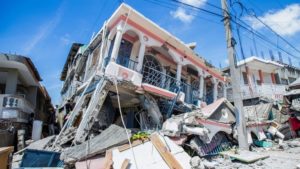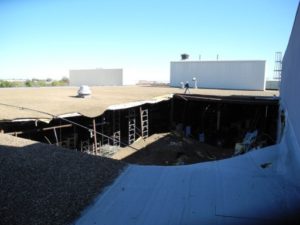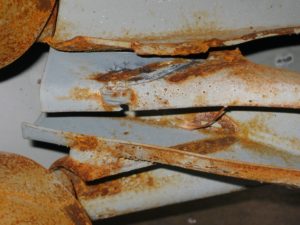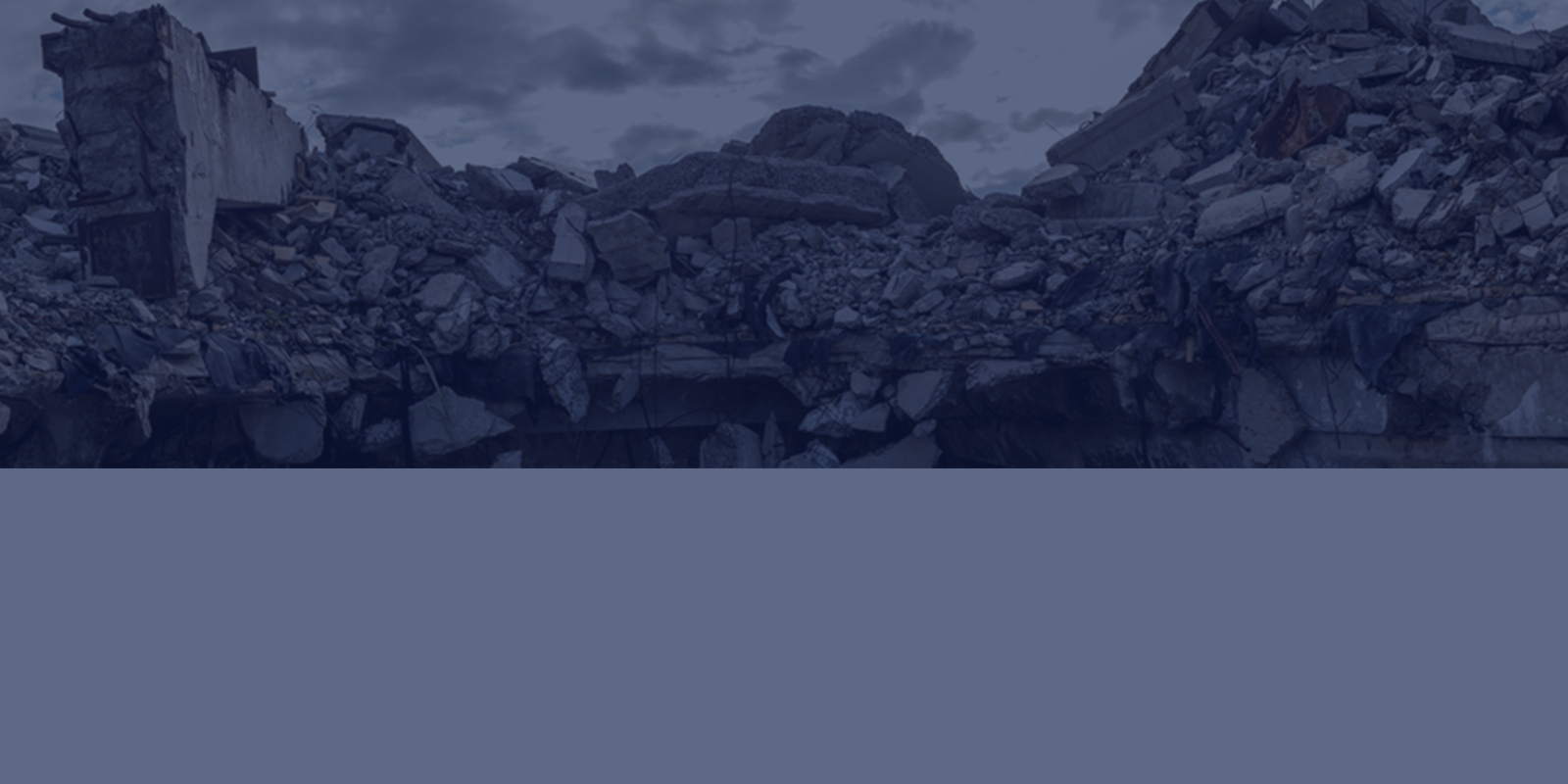Thankfully, collapses of buildings and other structures are rare events. However, when a collapse does occur, the result is often catastrophic loss of property, and sometimes life. Some highly publicized collapses in recent years include the Interstate 35 Mississippi River bridge (2007) and the Hubert H. Humphrey Metrodome roof (2010) in Minneapolis, the pedestrian bridge at Florida International University near Miami (2018), the Hard Rock Hotel in New Orleans (2019), the Arecibo telescope in Puerto Rico (2020), and the Champlain Towers South condominium building in Surfside, Florida (also near Miami) on June 24, 2021.
A collapse occurs when forces, or loads, applied to a structure exceed the capacity of the structural components or systems. Common sources of significant loads on buildings and other structures are snow, rainwater, wind (including hurricanes and tornadoes), and earthquakes. Figure 1 shows a building which collapsed as a result of the recent earthquake in Haiti.

Figure 1. Building collapse due to the August 14, 2021 earthquake in Haiti (photo by Ralph Tedy Erol/Reuters, via abcnews.com)
Poor roof drainage is a common cause of building collapses. Drainage deficiencies can cause excessive water accumulation on a roof, which can ultimately overload the roof framing and result in collapse. These types of roof collapses are particularly intricate to investigate, given the hydraulic flow modeling necessary to analyze the structural response of the roof systems to water loading. Figure 2 shows a partial roof collapse that occurred due to the weight of water accumulation on the roof.

Figure 2. Roof collapse at a warehouse-type building in Texas.
Some potential causes of collapse are not as readily apparent, however. Defective or inadequate framing may be hidden, or the deficiencies may not be obvious to the typical observer. Figure 3 shows a defective weld connection in roof framing. The weld defects were not known about, and were not readily observable, until after a collapse had occurred.

Figure 3. Weld failure at roof framing
Collapse investigations are often complex to assess, requiring the evaluation of multiple potential causal factors and loading scenarios. Nelson’s experts have evaluated collapses ranging from portions of single-family residences to entire commercial and industrial buildings, bridges, and other structures. Nelson has evaluated unique structural systems throughout the world, and has investigated collapses that have occurred due to loading from wind, rain, and snow; collapses that have occurred during and shortly after construction; and collapses that were caused by deficiencies in structural systems. Nelson also has extensive experience in the identification of unsafe conditions within existing structures, and has identified areas prone to collapse so that corrective action could be taken to mitigate the risk of a catastrophic failure.

